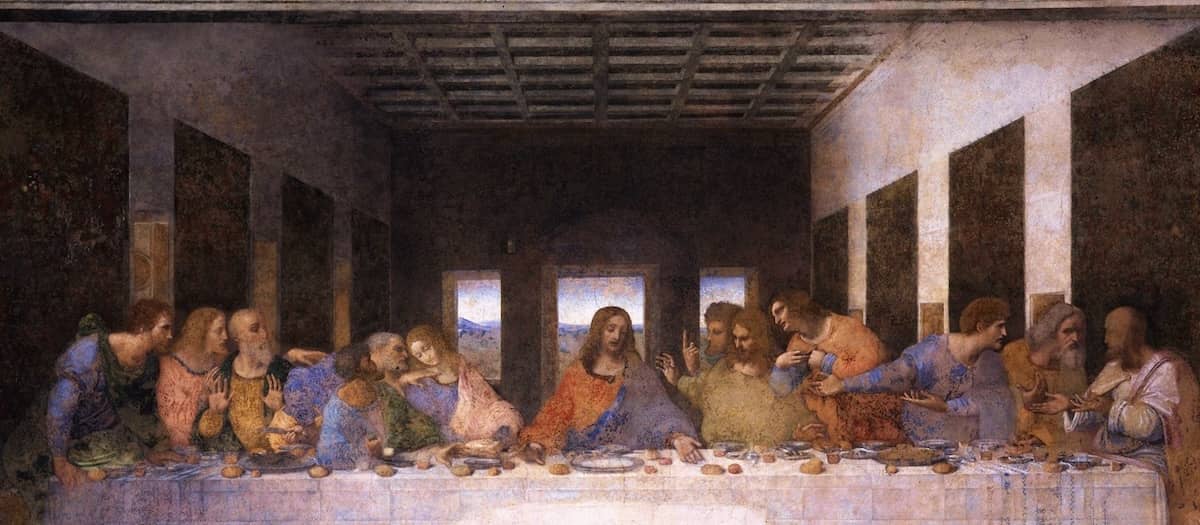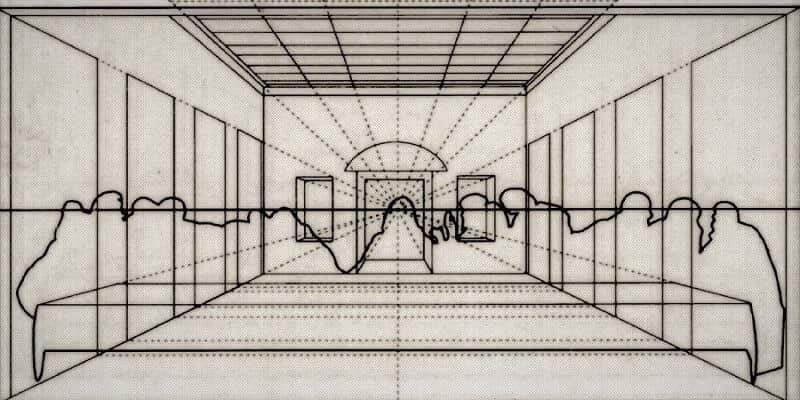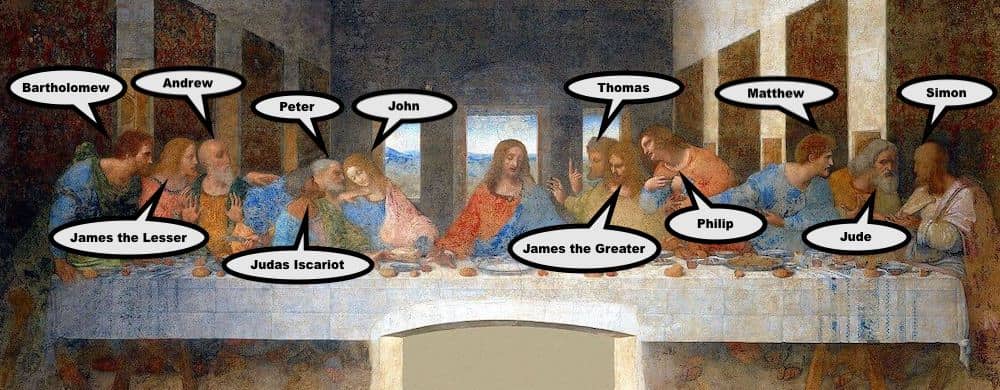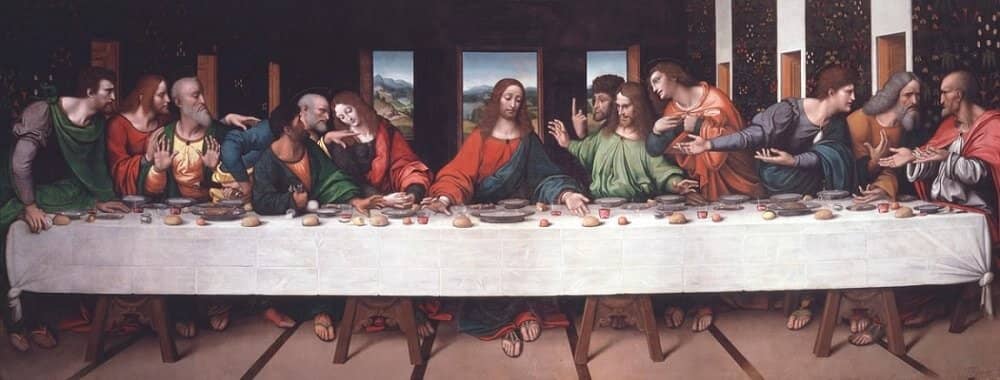 |
| amazon link |
INSTANT NEW YORK TIMES BESTSELLERNATIONAL BESTSELLER"An intimate window into the world of American evangelicalism. Fellow exvangelicals will find McCammon’s story both startlingly familiar and immensely clarifying, while those looking in from the outside can find no better introduction to the subculture that has shaped the hopes and fears of millions of Americans." —Kristin Kobes Du Mez, New York Times bestselling author of Jesus and John WayneThe first definitive book that names the growing social movement of people leaving the church: the exvangelicals.Growing up in a deeply evangelical family in the Midwest in the ‘80s and ‘90s, Sarah McCammon was strictly taught to fear God, obey him, and not question the faith. Persistently worried that her gay grandfather would go to hell unless she could reach him, or that her Muslim friend would need to be converted, and that she, too, would go to hell if she did not believe fervently enough, McCammon was a rule-follower and—most of the time—a true believer. But through it all, she was increasingly plagued by fears and deep questions as the belief system she'd been carefully taught clashed with her expanding understanding of the outside world.After spending her early adult life striving to make sense of an unraveling worldview, by her 30s, she found herself face-to-face with it once again as she covered the Trump campaign for NPR, where she witnessed first-hand the power and influence that evangelical Christian beliefs held on the political right.Sarah also came to discover that she was not alone: she is among a rising generation of the children of evangelicalism who are growing up and fleeing the fold, who are thinking for themselves and deconstructing what feel like the “alternative facts” of their childhood.Rigorously reported and deeply personal, The Exvangelicals is the story of the people who make up this generational tipping point, including Sarah herself. Part memoir, part investigative journalism, this is the first definitive book that names and describes the post-evangelical movement: identifying its origins, telling the stories of its members, and examining its vast cultural, social, and political impact.
*As a side note, there are some evangelical churches which continue to lean into love and not into the Christian Nationalist message of Dominionism = Covenantal Reconstructionism = Kingdom Theocracy. They are to be prayed for and stood with as they resist the evil one of lawlessness. For the mainstream of evangelical churches, whether Protestant or Catholic, we acknowledge your legacy, heritage, and standing in Christ but cannot sympathize with any current messages reducing Jesus' Gospel of love. Like Paul, we preach Jesus, and him crucified, without adding non-loving motifs such as OT Law over NT Grace which is contrary to Jesus' ministry.
Jul 23, 2024 - The political blueprint for the next Republican president, known as Project 2025, has drawn criticism not only from Democrats but also from Donald Trump himself, who has called the 900-page document "seriously extreme." Yet the authors of the conservative playbook include some of his closest policy advisors, as well as organizations with Christian nationalist leanings. Historian Kristin Kobes Du Mez speaks to Michel Martin about the rise of evangelicalism in politics and the impact it could have on American democracy.

What is the meaning of Exvangelical? Per Wikipedia, “Exvangelical is a social movement of people who have left evangelicalism, especially white evangelical churches in the United States, for atheism, agnosticism, progressive Christianity, or any other religious belief, or lack thereof.”
There are widespread issues that need addressing, and something is honestly broken about the way so many of us have done or are doing church. In many ways, the critics are right. And we need to hear their voices.
For centuries, evangelical was primarily a term that united people across the theological spectrum rather than divided us. Exvangelicalism, on the other hand, is dividing us.
Communities without a positive vision for the future, at best, face a consensus-less future and, at worst, are fated to further splinter and divide.
The decline of social clubs, communal life, and the church in America and the declining commitment to marriage and family are reasons many think our society is splintering at the seams.
I’m not ready to give up on the church. Nor am I ready to give up on an honest, truthful, loving, compassionate advance into the world of our friends and neighbors.
Exvangelical is a social movement of people who have left evangelicalism, especially white evangelical churches in the United States, for atheism, agnosticism, progressive Christianity, or any other religious belief, or lack thereof.[1][2][3] People in the movement are called "exvangelicals" or "exvies". The term prodigals is sometimes used for exvangelicals by people who remain evangelical.[4]
Many exvangelicals attribute their departure to experiences of homophobia, misogyny, and racism in evangelicalism, to skepticism toward the Church's moral and social teachings, to a personal crisis of faith, or to sexual abuse in a religious setting, particularly if the abuse was covered up.
The movement is disseminated largely via podcasts and social media hashtags. The name was coined in 2016, though the movement built upon criticisms of the church that were already widespread among people raised Evangelical.
The hashtag #exvangelical was coined by Blake Chastain in 2016 to make "a safe space for people to find solidarity with others who have gone through similar experiences".[1]
The movement built upon existing skepticism of Evangelicalism's official social and moral agenda, such as its rejection of LGBT and abortion rights, from within Evangelical communities themselves. The movement was catalyzed by Evangelicals' enthusiastic embrace of Donald Trump, and his perceived lack of "values fit" with Evangelicals' nominal beliefs.[5]
Podcasts spread the movement and provide space for evangelicals to work through the process of de-conversion. Popular exvangelical podcasts include Almost Heretical, Straight White American Jesus, and Chastain's podcast Exvangelical.[6][1]
Non-fiction books related to the movement include Pure by Linda Kay Klein, Searching for Sunday by Rachel Held Evans, and The Exvangelicals by Sarah McCammon. Exvangelical novels include Hell Is a World Without You by Jason Kirk.[7]
Many exvangelicals are young people who choose to leave their religion following disagreements over issues such as science, the role and treatment of women,[8] LGBT rights, sexual abuse cover-ups,[9][10] and Christian nationalism. Specific incidents cited by exvangelicals for leaving include the Nashville Statement and evangelical support for Trump, which they perceived as hypocritical.[11]
Exvangelicals often cite bad experiences with purity culture as a major factor in leaving their church; this is particularly true among women. Exvangelical women often reject being held responsible for men's thoughts, and resent the disproportionately harsh punishments women face for sexual sins. Both men and women report difficulty living up to their church's expectations, and surprise at the hypocrisy of church officials who do not live up to (or do not appear to believe in) their own sexual standards.[12]
For example, exvangelical author Linda Kay Klein writes that treating all girls as potential "stumbling blocks" for evangelical men results a cycle of fear and shame, which she and other girls experienced in secret. Klein began to question purity culture when a youth pastor in her church was convicted of sexual enticement of a twelve-year-old girl.[1][13]
Joshua Harris wrote I Kissed Dating Goodbye in 1997, a book foundational to purity culture, which encouraged young people to avoid dating and instead practice courtship and abstinence. Harris repudiated his work in 2018, apologizing for its content and withdrawing it from publication.[14] The following year, Harris announced that he was no longer a Christian, describing his experience as a "deconstruction" of his faith and apologizing for his previous teachings against LGBTQ+ people.[15]
Some exvangelicals experienced sexual abuse in a religious setting, or by a religious leader or volunteer. Some report the abuse was ignored or actively covered up. In some cases the victim was subject to DARVO treatment.
For example, exvangelical journalist Becca Andrews writes that, because Evangelical purity culture taught her the role of sexual gatekeeper, she was at first unable to identify a sexual assault forced upon her during her involvement with Christian organization Cru.[16]
Deconstructing faith is a process or movement in which a person challenges their personal beliefs and traditions. It results in some people leaving the Christian faith, while others remain in it but in a different setting (such as leaving a conservative Evangelical church which opposes homosexuality for an LGBTQ+ affirming one), and still others may return to the faith they originally held.
The #churchtoo movement seeks to draw attention to sexual abuse in churches. Vocal critics of sexual abuse are Emily Joy and Hannah Paasch.[8][17][1][6]
The #emptythepews movement urges opposition to evangelicalism in the United States due to its support for former president Donald Trump. It was started by exvangelical Chrissy Stroop.[18]
In Christianity Today's podcast The Rise and Fall of Mars Hill, Baylor University professor Matthew Lee Anderson said the experiences of exvangelicals were "something very different than deep, difficult, self-examination in order to find the truth" and any bad experiences that drove people to leave were "sociologically, actually quite marginal experiences inside of white evangelicalism".[19]
When a Gallup poll showed that fewer than half of Americans belonged to any church in March 2021,[20] some commentators acknowledged criticisms raised by the exvangelical perspective. Russell Moore, director of the Public Theology Project at Christianity Today, speculated that if he were a teenager today, he may also have left the church. He found that "they have come to think the church doesn’t believe its own moral teachings" and so "the presenting issue in this secularization is not scientism and hedonism but disillusionment and cynicism".[21]
Exvangelics themselves frequently report that they miss their community, to some degree, upon leaving it. They miss their congregation's support during life events such as childbirth, and opportunities for creative expression such as church music and performance arts. On the other hand, exvangelicals typically feel relief at escaping their community's judgement. One exvangelical reported "I don't miss feeling that I have to live my life in a certain way because somebody else might tattle on me to someone."[22]
Although it started in the United States, the exvangelical movement has also been noted in Brazil during the presidency of Jair Bolsonaro.[23]
- Ex-Mormon – Disaffiliate of The Church of Jesus Christ of Latter-day Saints
- Ex-Muslims – Sociological perspectives of former Muslims
- Faith to Faithless – UK organisation confronting discrimination against people who left religions.
- Footsteps (organization) – American non-profit organization
- Freedom From Religion Foundation – American nonprofit organization
- Irreligion in the United States
- Off the derech – Term for someone who has left an Orthodox Jewish community
- Recovering from Religion – Non-profit organization supporting people leaving religion
- Religious disaffiliation – Act of leaving a religious group
- ^ a b c d e Onishi 2019.
- ^ Frantz, Kenneth E.; Perry, Samuel L. (August 28, 2019). "The Unignorable Plight of the Exvangelicals | RealClearReligion". www.realclearreligion.org. Retrieved September 2, 2021.
- ^ "What It's Like to Leave the Evangelical Community". www.vice.com. Retrieved September 2, 2021.
- ^ Bullivant 2022, p. 133.
- ^ Bullivant 2022, pp. 146.
- ^ a b Kight, Stef W. "Exvangelicals are breaking away — and spreading the gospel". Axios. Retrieved September 21, 2021.
- ^ Altman, Dr. Michael J. "'Hell Is a World Without You' shows readers how squarely they would have been on the path to Jan. 6 if they'd come of age in Evangelicalism'". Religion Dispatches.
- ^ a b "As a Teen, Emily Joy Was Abused by a Church Youth Leader. Now She's Leading a Movement to Change Evangelical America". Mother Jones. May 25, 2018. Retrieved August 16, 2022.
- ^ "The sin of silence". Washington Post. May 31, 2018. Retrieved August 16, 2022.
- ^ "The sexual abuse scandal rocking the Southern Baptist Convention, explained". Vox. June 7, 2022. Retrieved August 16, 2022.
- ^ Herrmann 2021, pp. 12–13.
- ^ Bullivant 2022, pp. 136–142.
- ^ Klein, Linda Kay (2018). "Pure:Inside the Evangelical Movement That Shamed a Generation of Young Women and How I Broke Free".
- ^ "Joshua Harris Says 'I Kissed Dating Goodbye' Will Be Discontinued, Apologizes for 'Flaws'". www.christianpost.com. Retrieved January 25, 2023.
- ^ Sherwood, Harriet (July 29, 2019). "Author of Christian relationship guide says he has lost his faith". The Guardian. Retrieved January 25, 2023.
- ^ Andrews, Becca (September 2018). "Evangelical Purity Culture Taught Me to Rationalize My Sexual Assault". Mother Jones.
- ^ "Exvangelical TikTokkers Aren't a Sign of the End Times, But Here's What Evangelicals Need to Understand About 'The Falling Away'". Religion Dispatches. July 22, 2021. Retrieved September 21, 2021.
- ^ Barnett, C. (August 27, 2017). "#EmptyThePews Advocates Quitting Church to Protest Trump". World Religion News. Retrieved January 25, 2023.
- ^ Chastain, Blake (August 28, 2021). "Evangelicals: You're still not really listening to what exvangelicals are saying". Religion News Service. Retrieved September 21, 2021.
- ^ Jones, Jeffrey M (March 29, 2021). "U.S. Church Membership Falls Below Majority for First Time". Gallup.com. Retrieved September 21, 2021.
- ^ Moore, Russell. "Losing Our Religion". createsend.com. Retrieved September 21, 2021.
- ^ Bullivant 2022, pp. 140–141, 151.
- ^ Barreto, Raimundo; Py, Fábio (2022). "Ex- and Post-Evangelicalism: Recent Developments in Brazil's Changing Religious Landscape". International Journal of Public Theology. 16 (2): 197–222. doi:10.1163/15697320-20220040. S2CID 251266321.
- Bullivant, Stephen (2022). "Exvangelicals". Nonverts: The Making of Ex-Christian America. Oxford University Press. pp. 128–C6.P68. doi:10.1093/oso/9780197587447.003.0006. ISBN 9780197587447.
- Herrmann, Andrew F. (2021). "Purity, Nationalism, and Whiteness: The Fracturing of Fundamentalist Evangelicalism". International Review of Qualitative Research. 13 (4): 414–432. doi:10.1177/1940844720937813. S2CID 225396310.
- Onishi, Bradley (April 9, 2019). "The Rise of #Exvangelical". Religion & Politics. Retrieved September 2, 2021.
- Batchelder, Colleen (2020). Exvangelical: Why Millennials and Generation Z are Leaving the Constraints of White Evangelicalism (Doctor of Ministry thesis). George Fox University.
- Fekete, Steven; Knippel, Jessica (2020). "The Devil You Know: An Exploration of Virtual Religious Deconstruction Communities". Journal of Religion, Media and Digital Culture. 9 (2): 165–184. doi:10.1163/21659214-BJA10021. S2CID 234676913.
- Davis, Ashley (2019). Breaking Evangelical: an Attachment-Focused Framework for Healing Spiritual Trauma (Thesis).
- Luhrmann, T. M. (Winter 2021). "God, Can You Hear Me?". The American Scholar. 90 (1): 34–46. Gale A650413572.
- Andersen, Karlin (2020). Evangelical Erasure?: Digital Communications Technology and the Memory of Rachel Held Evans (Thesis).













